Showroom
Goal
Know & show your contribution
Be certain your ideas are better than what is already done. Proof the rigor of your design by showing it to experts, test against guidelines or decide on its USPs.

Co-reflection

Why?
Involve stakeholders and other experts early in the design process in order to set an innovative direction and to create openness for novel ideas among stakeholders.
More infoEthical check
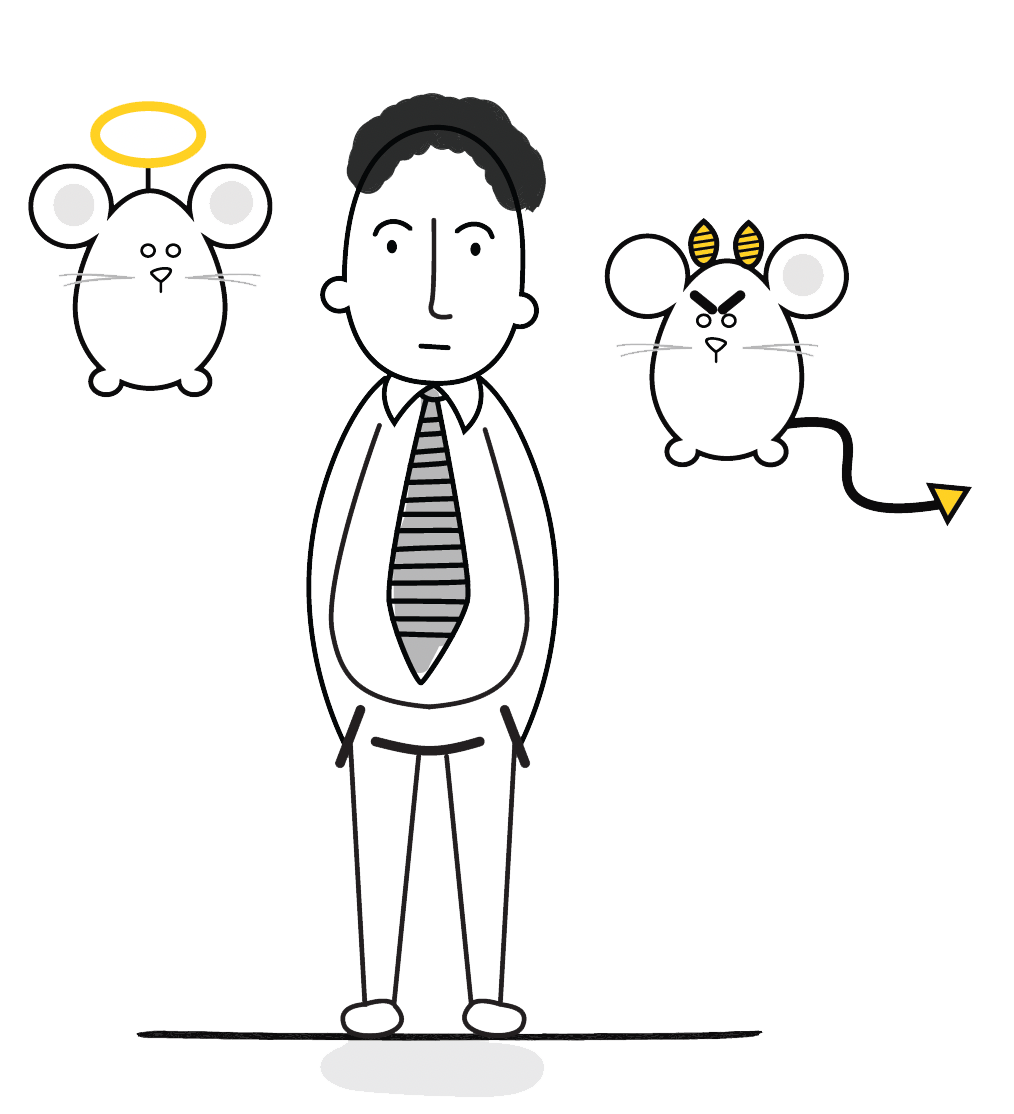
Why?
Norms and values differ between people and societies. Make sure your design and development decisions do not lead to conflicts with certain norms and values.
More infoExpo
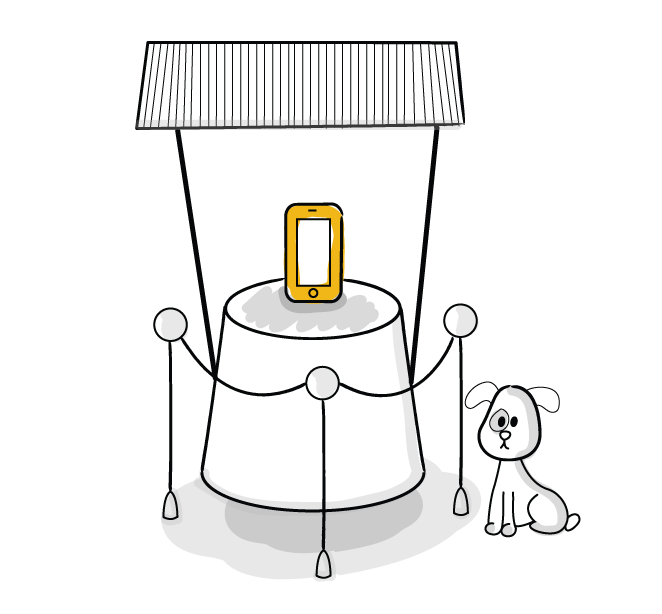
Why?
By placing your work in the spotlight, you learn about its value for others in ways you might not expect yourself.
More infoGuideline conformity analysis

Why?
Conforming to guidelines and standards helps ensure the credibility of the quality of your product and prevents reliability, privacy and security issues.
More infoHeuristic Evaluation

Why?
Complementary to user research, or when user research is too costly, a heuristic evaluation can be used to detect and repair usability errors.
More infoPeer Review
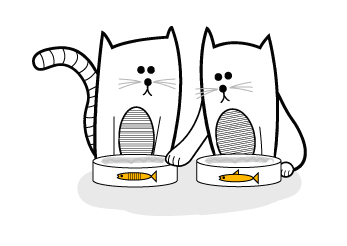
Why?
“With many eye-balls on the code, all bugs are shallow.” Colleagues and experts can help position and improve your work, certainly if it needs to be reused by them.
More infoPitch

Why?
Get a grasp on your unique selling points and practice concise communication about them.
More infoProvocative Prototyping
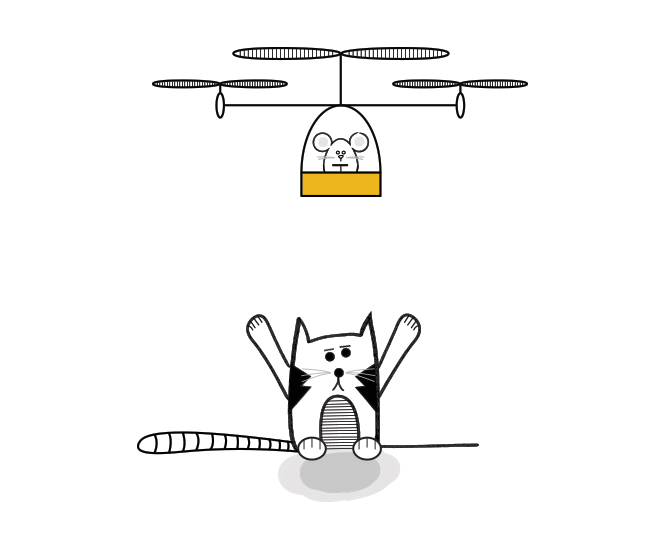
Why?
Friendly provocation can help uncover hidden values and requirements from your stakeholders.
More info(Product) Quality Review
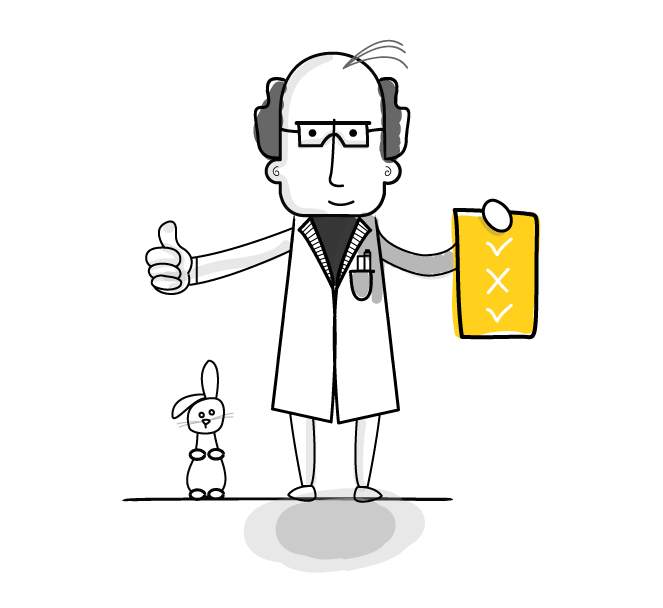
Why?
Ensure the product is perfect before it is released to the client or users.
More infoUSP (Unique Selling Points)
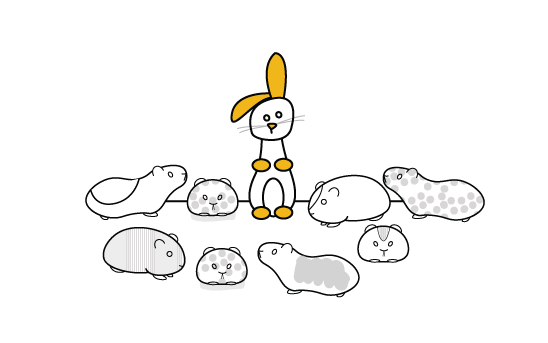
Why?
In a competitive business situation you need to be able to identify and communicate clearly and concisely what it is that sets you apart.
More info